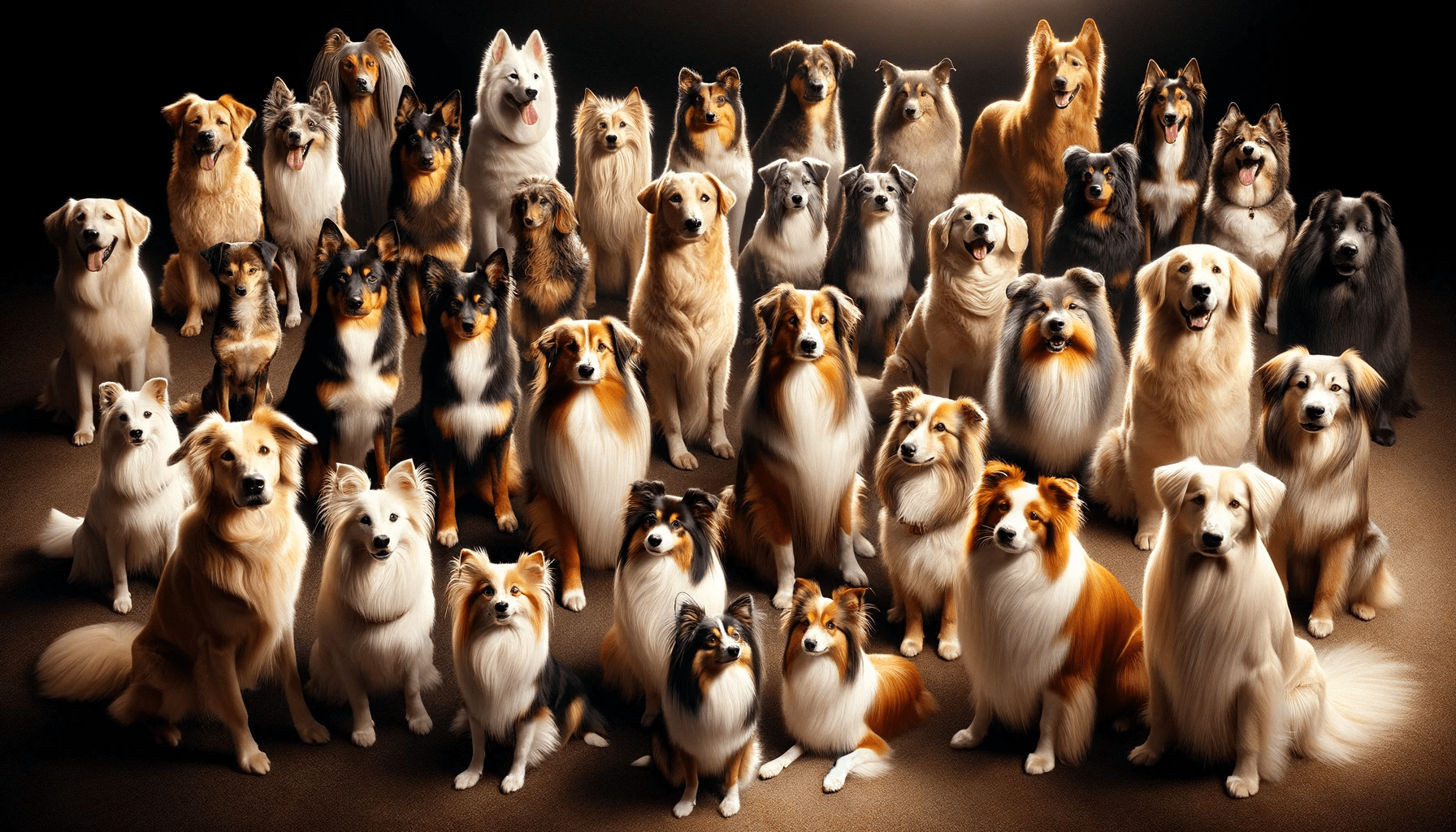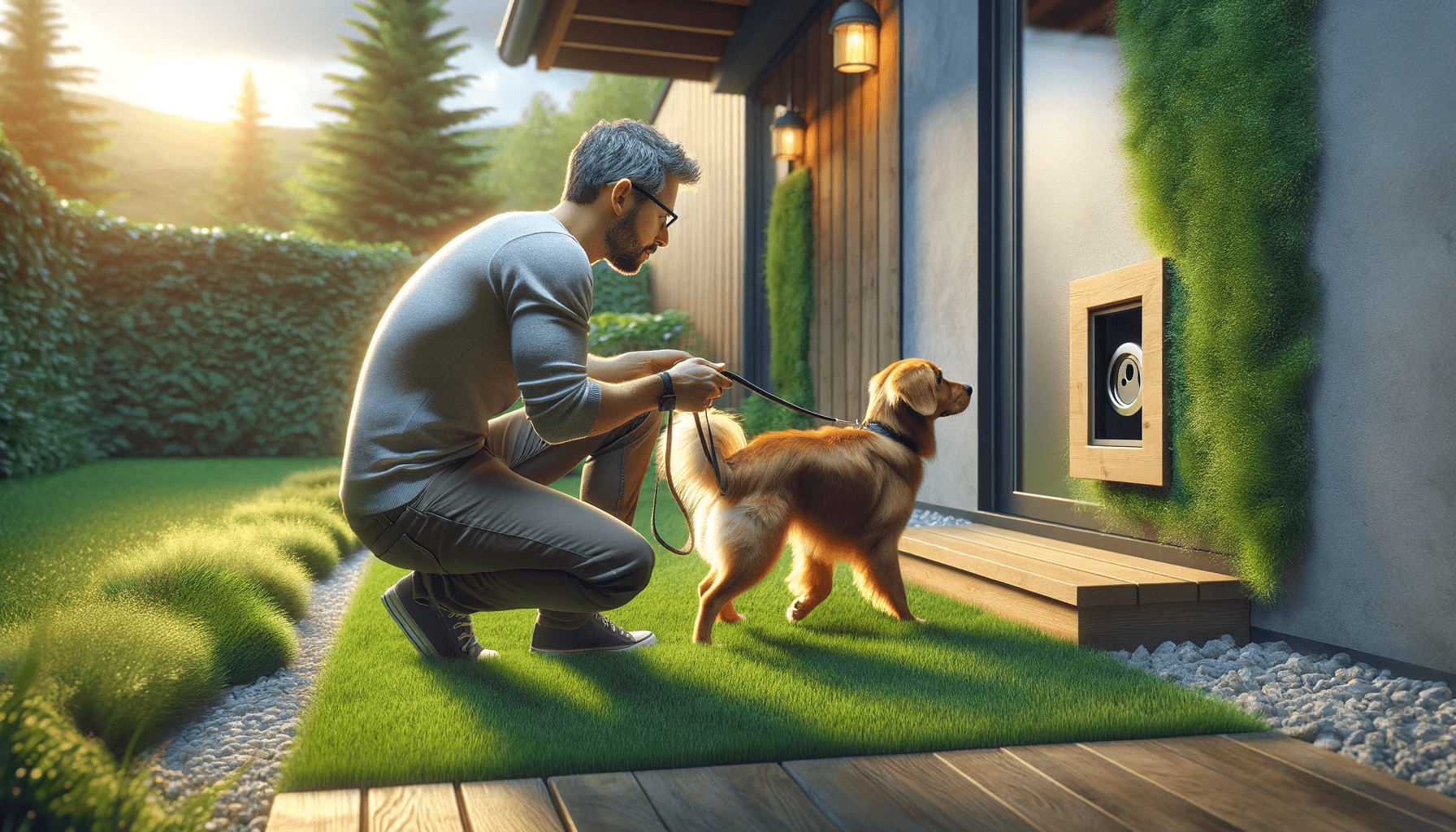Are you tired of traditional dog training methods that rely on punishment and coercion? Look no further!
In this article, we will introduce you to effective positive reinforcement dog training methods. With clicker training, reward-based training, target training, lure training, and behavior shaping, you can create a bond of trust and mutual understanding with your furry friend.
Say goodbye to outdated techniques and say hello to a happier, more well-behaved pup!
Key Takeaways
- Clicker training and reward-based training are highly effective methods for dog training.
- Target training helps improve focus and precision in training.
- Lure training utilizes food motivation and hand signals to teach new behaviors.
- Behavior shaping involves modeling behavior and reinforcing desired actions.
Clicker Training
Clicker training is a highly effective method that uses a small handheld device, known as a clicker, to mark desired behaviors in dogs. Timing and consistency are crucial in clicker training. The clicker acts as a signal to indicate to the dog that they've performed the desired behavior correctly. It's important to click at the exact moment the dog exhibits the desired behavior, followed by an immediate reward. This helps the dog understand the connection between the behavior and the click.
Consistency is key in clicker training. The clicker should always be used to mark the desired behavior, and rewards should be given consistently. This helps the dog understand what's expected of them and reinforces the desired behavior.
Clicker training can also be incorporated into obedience competitions. Many dog trainers use clicker training techniques to teach dogs specific commands and behaviors required in obedience competitions. The clicker serves as a precise marker for the correct behavior, allowing the dog to understand what's expected of them during the competition.
Reward-Based Training
To continue building on the foundation of positive reinforcement training, incorporate reward-based methods into your dog training routine. Treat-based training techniques and motivational training approaches are effective ways to reinforce desired behaviors and encourage your dog to learn new commands.
Treat-based training involves using food rewards to reinforce positive behavior. This method relies on the dog's natural instinct to seek out food and can be a powerful motivator. When your dog performs the desired behavior, such as sitting or staying, reward them with a tasty treat. This positive reinforcement strengthens the association between the behavior and the reward, making it more likely that your dog will repeat the behavior in the future.
Motivational training approaches involve using a variety of rewards, such as treats, toys, or praise, to motivate your dog during training sessions. By using rewards that are highly valued by your dog, you can increase their motivation to learn and perform well. For example, if your dog loves playing fetch, you can use a game of fetch as a reward for completing a training task successfully. This approach helps keep training sessions engaging and enjoyable for both you and your dog.
Incorporating treat-based training techniques and motivational training approaches into your dog training routine can help you achieve positive results. Remember to be consistent, patient, and always reward your dog for their efforts.
Target Training
To effectively incorporate target training into your dog's training routine, you'll need a designated object or area that your dog can learn to touch or interact with on command. Target training is a technique that focuses on teaching your dog to touch a specific target, such as your hand, a target stick, or a designated spot. This type of training is beneficial for precision training and focus training.
Precision training involves teaching your dog to perform specific actions with accuracy and precision. By using target training, you can guide your dog's movements and help them understand the desired behavior more clearly. For example, if you want your dog to learn to sit in a specific spot, you can use a target to guide them to that exact location.
Focus training is another important aspect of target training. By teaching your dog to touch or interact with a specific target, you can help them develop better focus and concentration. This can be especially useful in distracting environments or when your dog needs to stay focused on a particular task.
Incorporating target training into your dog's routine can enhance their overall training experience. It allows for more precise and focused training sessions, leading to better results. So, grab a target stick or designate a specific object, and start incorporating target training into your dog's training routine today.
Lure Training
Now let's delve into the next technique called 'lure training' to further build on your dog's training progress. Lure training is a highly effective method that utilizes food motivation and hand signals to teach your dog new behaviors. This technique involves using a treat or a small piece of food as a lure to guide your dog into performing a desired action.
To start with lure training, hold the treat in your hand and use it to guide your dog's movements. For example, if you want your dog to sit, hold the treat above their head and move it slowly towards their tail. As your dog follows the treat with their nose, their natural response will be to sit down. Once your dog successfully performs the action, reward them with the treat and praise.
Over time, you can gradually reduce the use of the food lure and rely more on hand signals. This helps your dog understand the desired behavior without the need for a treat every time. By pairing the hand signal with the treat consistently, your dog will start to associate the hand signal with the action and respond to it even without the presence of food.
Lure training is a powerful tool in your positive reinforcement training toolbox. It not only strengthens the bond between you and your dog but also provides mental stimulation and builds their confidence. So grab some treats and start luring your dog towards a well-behaved and obedient future.
Behavior Shaping
As you continue to build on your dog's training progress with lure training, another effective technique to explore is behavior shaping. Behavior shaping involves modeling behavior and using timing and consistency to reinforce desired actions.
Modeling behavior is an essential aspect of behavior shaping. Dogs learn by observing and imitating their surroundings. By demonstrating the desired behavior yourself, you provide a clear example for your dog to follow. For example, if you want your dog to sit, you can sit down yourself and encourage your dog to do the same.
Timing and consistency are crucial in behavior shaping. Dogs have a short attention span, so it's important to reward them immediately after they exhibit the desired behavior. This reinforces the connection between the action and the reward, making it more likely for your dog to repeat the behavior in the future. Consistency is also key. Set clear expectations and reinforce them consistently to avoid confusion and promote faster learning.
Frequently Asked Questions
Can Positive Reinforcement Training Methods Be Used for Dogs of All Ages and Breeds?
Yes, positive reinforcement training can be used for dogs of all ages and breeds. It is effective for older dogs and small breeds too. It's a proven method that encourages good behavior and strengthens the bond between you and your furry friend.
How Long Does It Typically Take to See Results Using Positive Reinforcement Training Techniques?
Typically, you can see results using positive reinforcement training techniques within a few weeks. The time frame varies depending on the dog and consistency of training. Progress will be seen as your dog learns and responds to the training methods.
Are There Any Potential Drawbacks or Challenges Associated With Clicker Training?
Using clicker training for dogs has potential drawbacks and challenges. Some limitations include the need for precise timing and consistency. Alternatives like free shaping or verbal cues can be used to overcome these disadvantages and difficulties.
Can Positive Reinforcement Training Be Effective for Addressing Specific Behavioral Issues, Such as Aggression or Separation Anxiety?
Positive reinforcement training can be effective for addressing specific behavioral issues like aggression and separation anxiety. This approach focuses on rewarding desired behaviors and using positive reinforcement training for fear-based behaviors and leash reactivity.
Are There Any Recommended Resources or Additional Tools That Can Enhance the Effectiveness of Positive Reinforcement Training Methods?
There are recommended resources and additional tools available that can enhance the effectiveness of positive reinforcement training methods. These resources and tools provide valuable guidance and support for successful dog training.
Conclusion
In conclusion, using effective positive reinforcement methods such as clicker training, reward-based training, target training, lure training, and behavior shaping can be highly beneficial in training dogs.
These methods promote a positive and enjoyable learning experience for both the dog and the trainer.
By focusing on rewarding desired behaviors and shaping the dog's behavior through positive reinforcement, we can create a well-behaved and obedient canine companion.
Remember, consistency and patience are key when implementing these training techniques.






